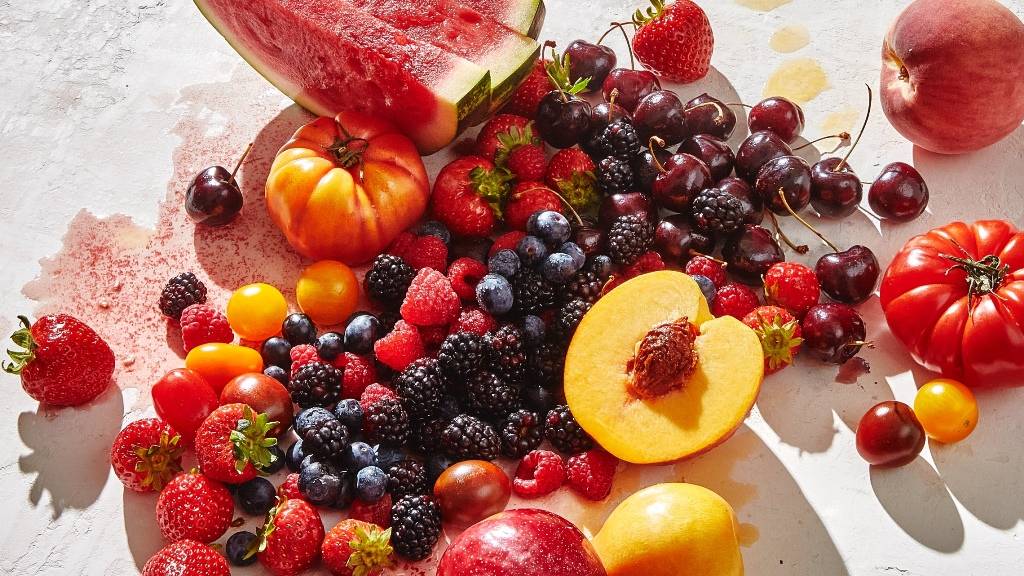
The summer is hot, but there are ways to keep cool. This year, the phrase "scorching summer" seems to have taken on a new meaning. Temperatures are rising, and even supposedly "cool" cities are also experiencing temperatures of 40 degrees Celsius.
Men and women, particularly those who work outside, are always looking for ways to stay cool and refreshed. As the temperature increases, many of them turn to aerated drinks and invest more and more of their money in these things. Let us know about the bodily modifications that occur under high temperatures before we start quaffing cool drinks.
When we are introduced to the hot sun in the summer, we will lose more than one liter of water in a brief period of time. The water lost through the skin is evident, and if it is not replaced, sunstroke will occur, which can be deadly. The amount of water consumed should be equal to the amount lost, and water consumption is governed by thirst.
Make an informed decision about what you'll drink: Drinking plenty of plain water is the easiest way to quench thirst. Because sweating is common in the summer, sodium, and potassium, as well as water, are lost from the body, affecting the acid-base balance. Tender coconut, banana milkshake, lemon, mosambi or orange juice, and sugarcane juice are all good options for avoiding the shock. Sugarcane does not contain minerals, but the glucose it contains aids sodium and water absorption in the intestine.
Seasonal fruits have a special power: Nature has provided us with a variety of fruits and vegetables to help us beat the summer heat. In India, we can see a variety of regional fruits that are only available during the summer and help to quench thirst. In Kerala and coastal Karnataka, red berries known locally as jamboo fruit and pinkish-white berries known as Malay apples are abundant. These are excellent water sources.
Bael or Bilva is widely cultivated in regions such as Uttar Pradesh and the lower Himalayas. The fruits have a thick greenish-yellow shell and a golden yellow pulp, and they contain 64% water. Wood apple cultivated in south India has a dense black shell and dark brown pulp with a water content of 66 percent; it can help to beat the summer heat and alleviate stomach issues.
Melons are another common summer fruit that is high in water content. The water content of watermelon and musk melon is 99 percent and 90 percent, respectively. Cucumber and tomato are two vegetables that are great at replacing lost water. In particular, summer fruits and vegetables are also appropriate for the season.
Kitchen in the summer:
Every meal should include plenty of water, as well as recipes such as rasam, sambar, buttermilk, and soups. Rotis should be avoided in favor of well-cooked rice. Sambar can be used in place of dry subjis. If the summer is too hot and you're sweating a lot, add a pinch of salt to the water. Carrying water with a pinch of salt, sugar, and lemon juice in it is a must for children who play outside during their summer vacations. If your children want to eat ice cream, make it at home to ensure that it is of good quality.

















